At the risk of oversimplifying, and with apologies to flight professionals everywhere, a normal airline flight makes for a pretty good retirement analogy. From observation, it seems to me that takeoff and landing are pretty busy events while the majority of the flight seems rather simple (hence the term- auto pilot). In particular, the last 15 minutes of the flight contains a flurry of actions and reminders; all directed to getting the plane and its passengers and crew on the ground and to their destination safely and securely.
So the analogy is pretty obvious. Getting up and off the ground and moving toward a retirement destination involves some effort. Establishing a tax efficient savings and investment pattern that leads to our retirement destination requires thoughtfulness and discipline. But once started, there aren’t a lot of moving parts; it’s good to go on auto pilot and let the time-value of money take us in the general direction of a secure retirement. In good and bad markets, and especially during periods of investment volatility, the right answer is to stay the course and keep flying (saving) at the highest speed that is reasonable.
But then we reach an important milestone, roughly analogous to the last 15 minutes of the flight. For many individuals this might be roughly five years from their intended retirement date when it’s time to focus on the landing. Here are some important steps to consider that will help land the plane safely and provide a feeling of enhanced security and comfort as you approach your unique retirement destination.
Step 1: Create a realistic vision of retirement.
This is harder than it sounds. Money is not the end; it is the means to live the life we intend. But not many of us have really thought through the details of this chapter of our lives in a systematic and realistic way.
Step 2: Do the math.
Once we know how we want to live and what we want to experience in our retirement years, it’s time to create a financial model that pulls together all of our retirement financial resources. We understand how to finance our current lifestyle while employed, but what will it look like when the wages stop or are reduced? Much of our retirement angst revolves around this uncertainty. Fortunately, this can be solved with proper planning.
Step 3: Understanding your retirement investment strategy.
It’s very different than the auto pilot approach that makes sense during our working years. Many individuals will be spending down their portfolio in some way and that adds a new dimension and many new variables to manage and optimize.
Step 4: Retirement tax planning.
There is a tendency for high earning individuals to save the bulk of their retirement nest egg in pretax retirement accounts, a great way to minimize current income taxes but it may leave us in a less than ideal situation in retirement. Having a tax diversified investment portfolio, with pretax, after tax, ROTH and tax free accounts can produce very significant tax planning opportunities, especially in the years between retirement and age 72 when taxable income might be temporarily low.
Step 5: Risk management in retirement.
A good risk management strategy is needed throughout our lives. The idea is to intentionally plan for the catastrophic risk exposures that could “crash the plane.” As we approach retirement, the exposures change, and so must our planning. Medicare enrollment is coming up shortly and how we navigate the transition from our current health plan is critical with far-reaching consequences if we don’t stick the landing.
Over the next months, this blog will address these five steps in greater detail in the hopes of adding some real and practical value. If you are facing an immediate retirement transition event, please contact us for a free consultation.
Winfred Jacob, CFP®
Senior Financial Advisor


